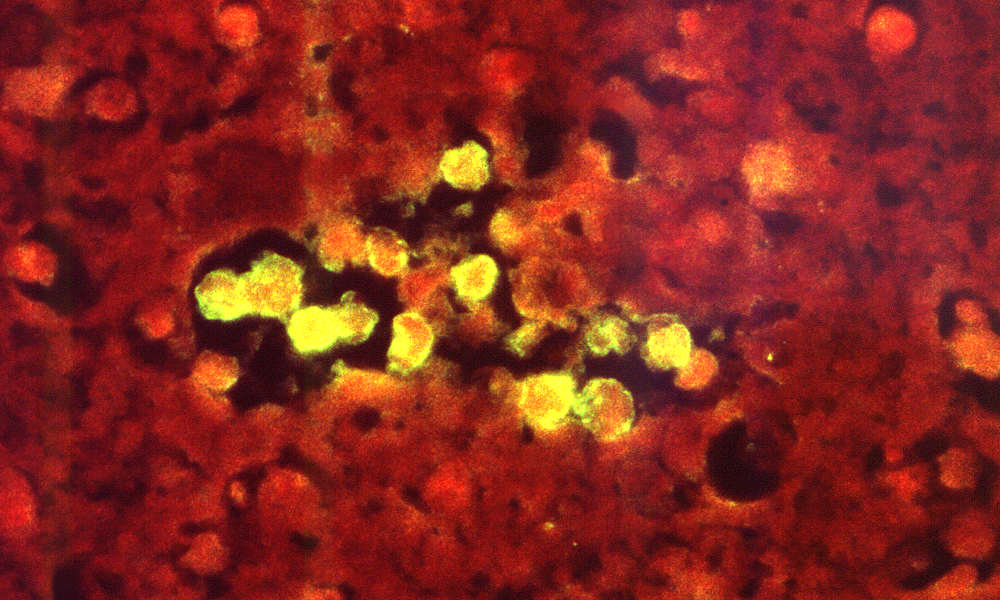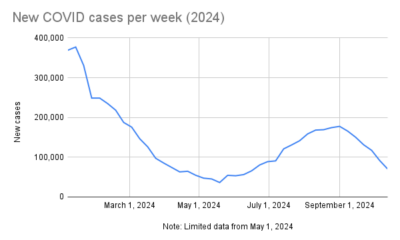US News
Florida resident dies of brain-eating amoeba, used tap water to clean sinuses

A Florida resident has died of a rare infection caused by a brain-eating amoeba after using unboiled tap water to clean their sinuses, local and federal officials say.
The Florida Health Department said the case involves a resident of Charlotte County but specific details were not immediately released. The CDC said the patient died on Monday.
The resident, whose identity has not been made public, is believed to have contracted Naegleria Fowleri after using unboiled tap water to rinse their sinuses daily, according to the CDC.
“DOH-Charlotte, as part of a multi-agency response, is continuing to investigate how this infection occurred and is working with the local public utilities to identify any potential links and make any necessary corrective actions,” the health department said.
Naegleria Fowleri can infect people when water containing the single-celled organism enters the body through the nose, usually while swimming or diving in ponds, lakes or rivers. In rare cases it can also be found in pipes connected to tap water.
“When water contaminated with Naegleria is sniffed up the nose, the ameba can travel to the brain,” according to the CDC website. “This causes the disease Primary Amebic Meningoencephalitis (PAM), which destroys brain tissue and usually results in death.”
Symptoms usually occur between 1 and 12 days after infection and may include headache, fever, nausea and vomiting. These symptoms may progress to a stiff neck, confusion, seizures and other neurological symptoms.
An infection with the brain-eating amoeba is nearly always fatal, killing 153 out of 157 patients since the early 1960s. Most cases were found in southern U.S. states, especially Texas (39) and Florida (38).
Although Naegleria Fowleri is a heat-loving ameba and is usually found in warm freshwater environments, recent infections have also been found in northern U.S. states as cooler regions have become warmer and drier.

-

 Legal5 days ago
Legal5 days agoArkansas Amber Alert: Trixie Studer missing from Logan County
-

 Legal7 days ago
Legal7 days agoColorado Amber Alert: Sandra Mendoza abducted in Pueblo
-

 Legal1 week ago
Legal1 week agoTexas Amber Alert: 3 children missing from Austin
-

 US News1 week ago
US News1 week agoU.S. COVID update (October 14): 70,360 new cases, 1,189 new deaths
-

 Legal2 days ago
Legal2 days ago5 killed in shooting at Fall City, Washington home, teenager arrested
-

 Legal23 hours ago
Legal23 hours agoSuspect arrested in shootings at Democratic Party campaign office in Arizona
-

 Entertainment2 days ago
Entertainment2 days agoFormer ‘Iron Maiden’ singer Paul Di’Anno dead at 66
-

 Entertainment7 days ago
Entertainment7 days agoFormer ‘One Direction’ star Liam Payne dead at 31

